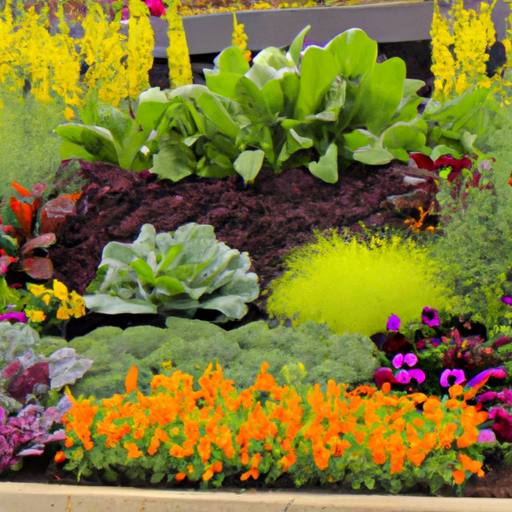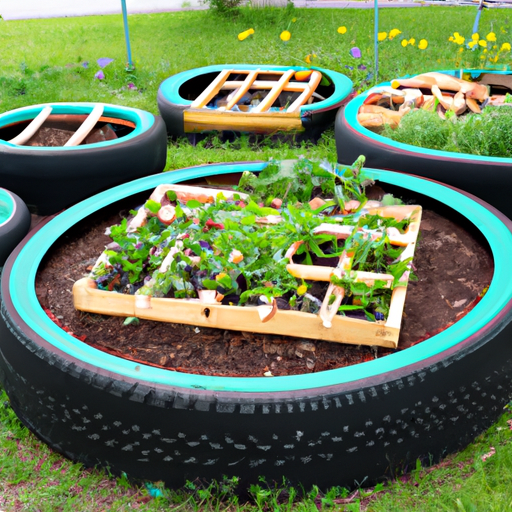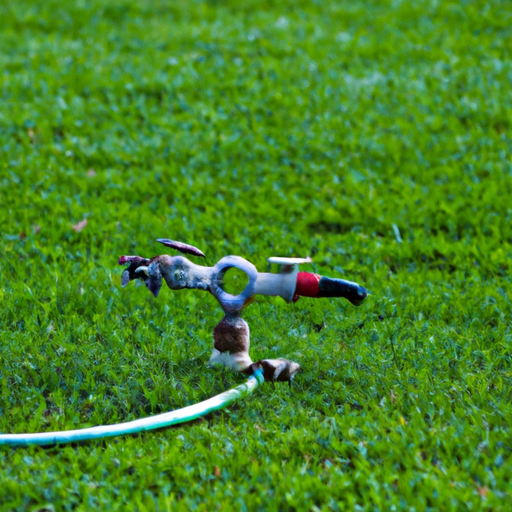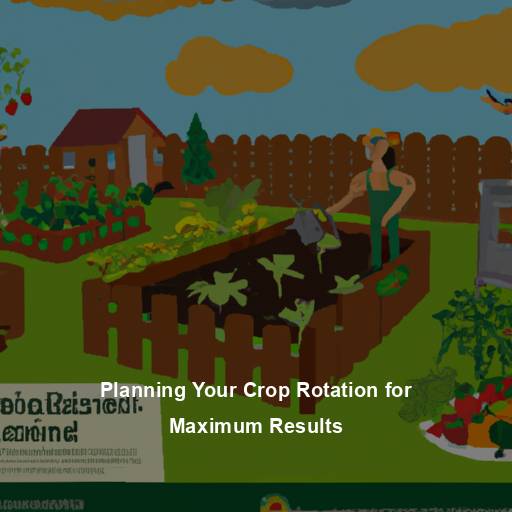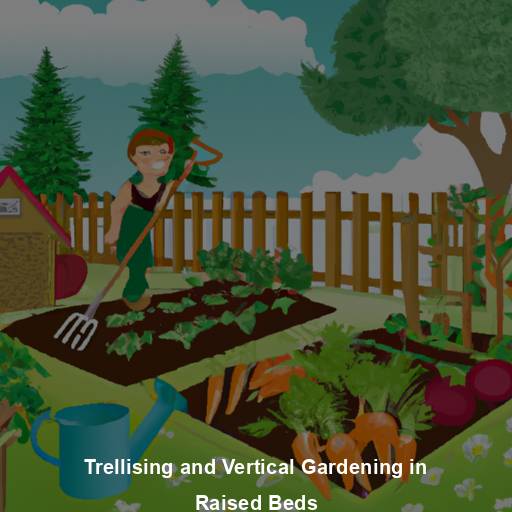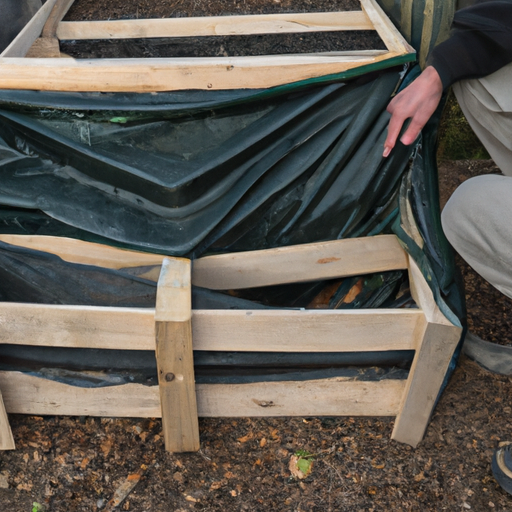Welcome fellow gardeners! As a Master Gardener, I have spent countless hours researching and experimenting with various techniques to improve the health and yield of my plants.
One method that has consistently proven successful is companion planting. Companion planting involves strategically pairing compatible plant species together in order to benefit each other’s growth and ward off pests. It’s an age-old practice that can be traced back to indigenous cultures around the world.
In this ultimate guide, we’ll explore the different types of companion planting techniques, which plants work well together, and how you can implement these methods into your own garden for a bountiful harvest.
So grab your gardening gloves and let’s get started!
What Is Companion Planting?
Companion planting has a rich history and evolution dating back centuries.
This technique involves growing different plant species together for mutual benefits such as pest control, soil enhancement, and better yields.
The indigenous people of the Americas are believed to have been the first practitioners of companion planting, where corn, beans, and squash were grown together in what is now known as Three Sisters gardening.
Modern applications and innovations have expanded on this concept with scientific research providing evidence of its effectiveness.
Today, gardeners can use companion planting charts to strategically plan their gardens based on which plants grow well together and which do not.
With continued experimentation and innovation, companion planting remains an invaluable tool in sustainable agriculture practices that benefit both plants and humans alike.
Types Of Companion Planting Techniques
Now that we have a basic understanding of what companion planting is, let’s dive into the different types of techniques.
Interplanting methods involve planting different species of plants together in the same bed or row to create mutually beneficial relationships between them. For example, planting beans and corn together allows the beans to climb up the tall stalks of corn while fixing nitrogen for both plants.
Succession planting strategies involve planning out your garden so that when one crop finishes producing, another is ready to take its place. This can be done by staggering planting times or using quick-maturing crops as ‘filler’ between longer-growing varieties.
Other types of companion planting techniques include trap cropping (using sacrificial plants to attract pests away from valuable crops), cover cropping (planting non-harvestable crops to improve soil health), and allelopathy (utilizing plant-to-plant interactions where certain plants release chemicals that inhibit growth in neighboring plants).
By incorporating these techniques into our gardening practices, we can create thriving and sustainable ecosystems within our own backyard.
Benefits Of Companion Planting
As a Master Gardener, I can attest to the numerous benefits of companion planting.
Not only does it promote natural pest control by attracting beneficial insects and repelling harmful ones, but it also helps to increase crop yields through nutrient sharing and improved soil health.
By choosing plants that complement each other in terms of growth habits, root systems, and pest resistance, you can create a thriving ecosystem in your garden that supports plant growth and discourages pests from taking over.
So next time you’re planning out your garden, consider the advantages of companion planting and see how it can benefit your harvest.
Choosing Compatible Plant Species
As a Master Gardener, one of the most enjoyable aspects of companion planting is choosing compatible plant species that will thrive together. Imagine walking through your garden and seeing different plants growing harmoniously with each other, creating a beautiful tapestry of colors and textures.
One of the main benefits of companion planting is that it promotes biodiversity in your garden while also providing natural pest control and improving soil health.
Here are three examples of compatible plant species:
– Planting marigolds alongside tomatoes can deter pests like nematodes.
– Growing beans with corn creates a mutually beneficial relationship where the beans fix nitrogen into the soil for the corn to use.
– Interplanting aromatic herbs like basil or rosemary among vegetables helps repel insects and adds flavor to your meals.
By carefully selecting which plants to grow together, you can achieve a healthy and thriving garden ecosystem. So next time you’re planning out your garden beds, consider incorporating some companion planting techniques for an even more fruitful harvest.
Implementing Companion Planting In Your Garden
Now that you have chosen the compatible plant species for your garden, it’s time to start implementing companion planting techniques.
Planning strategies play a crucial role in ensuring successful outcomes when it comes to companion planting. Begin by organizing your plants based on their compatibility and growth habits. This will help you determine which plants should be planted together and which ones should be kept apart.
Additionally, soil preparation is essential to ensure optimal growing conditions for all of your plants. Consider using organic fertilizers or composting methods to enrich the soil with nutrients necessary for healthy plant growth.
By following these planning strategies and preparing your soil correctly, you can create an environment where companion planting thrives and provides benefits such as pest control and increased yields without harmful chemicals.
Frequently Asked Questions
Can Companion Planting Be Used To Repel Pests?
As a Master Gardener, I am often asked about the benefits of using companion planting for sustainable gardening.
One common question that comes up is whether it can be used to repel pests in an organic way.
Well, let me tell you, there are some amazing techniques out there that use companion planting as a form of pest control!
By strategically pairing certain plants together, you can naturally deter harmful insects and other pests from destroying your crops.
And the best part? Companion planting is completely natural and chemical-free, making it an eco-friendly solution for any gardener looking to go green.
So if you’re interested in exploring this technique further, don’t hesitate to give it a try – your garden (and the planet) will thank you!
Is There A Specific Time Of Year That Is Best For Implementing Companion Planting?
When it comes to implementing companion planting, timing is everything. The best season for starting your garden using this technique will depend on the climate and region you live in.
However, there are some general timing strategies that apply across different areas. For example, spring is often the most popular time to start a companion garden as many plants benefit from being planted early on in the growing season.
On the other hand, fall can also be an ideal time for companion planting as cooler temperatures encourage certain plant combinations to thrive.
Ultimately, understanding the best season for planting specific crops together is key to making the most of companion gardening techniques.
Can Companion Planting Help Improve Soil Quality?
Companion planting is not only about improving the growth of your crops; it can also help to enrich soil quality.
Research shows that plants grown using companion planting and crop rotation methods have 50% more nutrients in their soil compared to monoculture farming.
Companion planting helps improve biodiversity by encouraging beneficial insects, such as ladybugs and bees, while deterring pests like aphids.
By interplanting different species together, you create a harmonious environment where each plant complements the other’s needs.
This ultimately leads to healthier soil and a better yield for your garden.
Are There Any Plants That Should Never Be Planted Together As Companions?
When it comes to companion planting, there are certain plant combinations that just don’t work well together. Avoiding companions with negative plant relationships is crucial for a successful garden.
Some examples of plants that clash include tomatoes and corn, potatoes and squash, and beans and onions. It’s important to debunk misconceptions surrounding companion planting myths and separate fact from fiction.
As a Master Gardener, I recommend doing your research before selecting which plants to pair together in your garden.
Is Companion Planting Effective In All Types Of Gardens, Such As Container Gardens Or Raised Bed Gardens?
Companion planting in urban gardens is a popular technique, but many gardeners wonder if it’s effective in container or raised bed gardens.
The answer is yes! Companion planting can be just as effective in small spaces as it is in larger ones.
However, there are some advantages and disadvantages to consider when using this technique in tight quarters.
On one hand, companion plants can help maximize space by attracting beneficial insects or deterring pests without the need for harmful chemicals.
On the other hand, overcrowding can occur easily and lead to stunted growth or disease transmission among plants.
As a Master Gardener, I recommend carefully planning your small-space garden with companion planting in mind and monitoring plant health regularly to ensure success.
Conclusion
In conclusion, companion planting is a powerful technique that can help you maximize your garden’s potential. By carefully selecting the right plant combinations, you can repel pests, improve soil quality, and boost overall yields.
The best part about this method is that it works in all types of gardens – from container gardens to raised bed gardens.
As the old adage goes, ‘companion planting is like having good neighbors.’ Just as helpful neighbors look out for one another and lend a hand when needed, companion plants work together to create an ecosystem that benefits everyone involved.
So if you want to take your gardening skills to the next level, give companion planting a try! As a Master Gardener myself, I highly recommend experimenting with different combinations until you find what works best for your unique garden space.
Happy planting!
